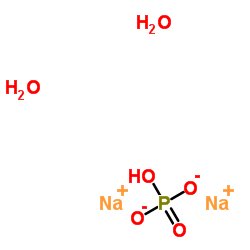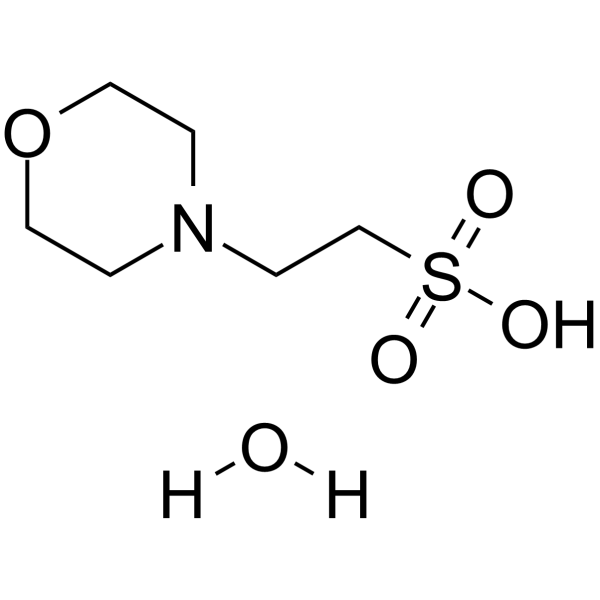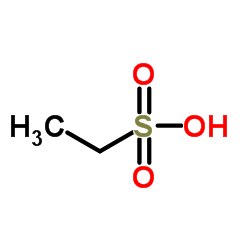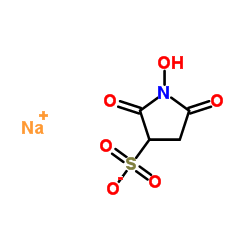| 结构式 | 名称/CAS号 | 全部文献 |
|---|---|---|
 |
氢氧化钠
CAS:1310-73-2 |
|
 |
二水磷酸钠
CAS:10028-24-7 |
|
 |
十二烷基硫酸钠
CAS:151-21-3 |
|
 |
3-乙基-2,4-戊烷二酮
CAS:1540-34-7 |
|
 |
MES 水合物
CAS:1266615-59-1 |
|
 |
吗啉乙磺酸 一水合物(MES)
CAS:145224-94-8 |
|
 |
乙基磺酸
CAS:594-45-6 |
|
 |
N-羟基琥珀酰亚胺磺酸钠盐
CAS:106627-54-7 |